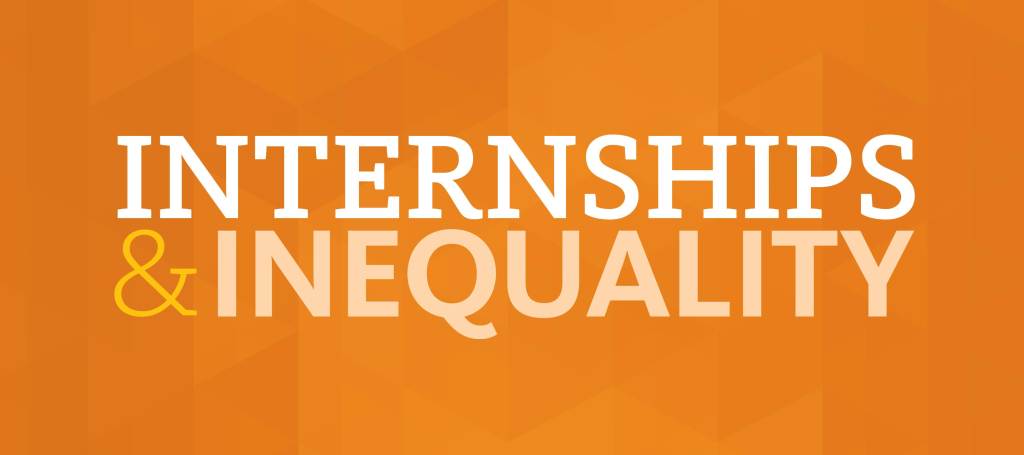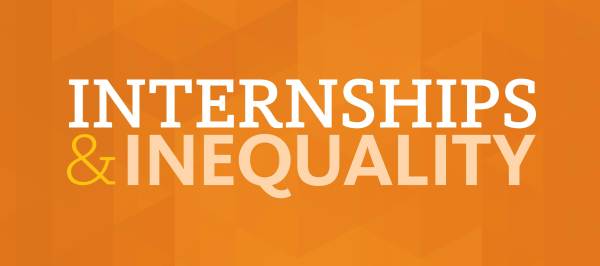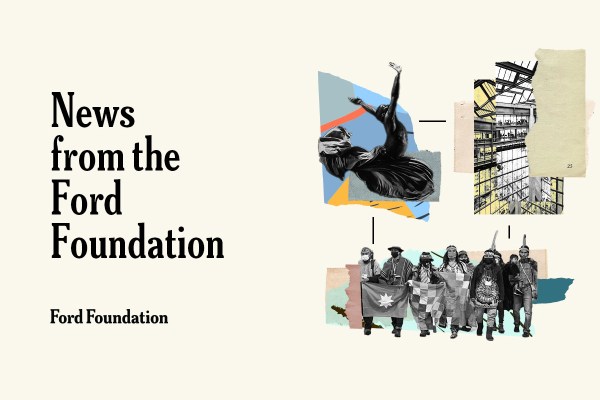
During my first days in college, I noticed that even though a record number of black or African-American students were being admitted, the portraits on the walls were still overwhelmingly white and male. In my previous internship in federal government, I saw ethnic diversity and could name minorities at the top, but leadership didn’t necessarily reflect all levels of diversity and intersectional identity. So I’ve come to see that it isn’t enough to add diversity to the payroll. Employers must make sure that all kinds of voices are included, and at all levels.
Companies often have a diversity recruitment lens in their hiring process, including their internship programs. Some even develop programs specifically aimed at attracting diverse talent. Yet if you look at the top of these organizations, the board and executive leadership doesn’t appear diverse or inclusive. Minorities who have the same level and quality of schooling as their non-minority peers are falling out of the leadership pipeline. With these potentially influential voices silenced by the corporate structure, leadership potential turns into unfulfilled promise.
If you do not see people who look like you in positions of leadership, you’re less likely to pursue the career growth opportunities that might get you to those positions. This creates a self-fulfilling prophecy that affirms a lack of diversity in senior leadership. And the lack of upward mobility to the executive level reflects inequality in society. Labor market discrimination and corporate barriers to the promotion of minorities affect level of pay, perpetuating income gaps and a lack of access to opportunity.
U.S. News has reported that although “blacks, Hispanics, and American Indians represent roughly 30 percent of the population, they fill only three percent of senior management positions at American corporations and nonprofits.” When racial and ethnic disparities in senior leadership are added to a lack of representation of diverse genders and sexual orientations, inequity is exacerbated. Diversity initiatives should be a cradle to grave effort, not just something that is prioritized in recruiting for entry-level positions. Organizational structure and culture often stand in the way of minority candidates’ ability to get, for example, a board position—no matter how badly they want it. It’s up to these organizations to change their employment and human capital management practices so that they create opportunities for mobility. This might include training and coaching that prepares minority professionals for leadership roles. And any diversity-focused programming should come not only from a sense of obligation, but from recognition of the value that the voices, life experience, and expertise of minorities add to the workplace.
As a black woman, I value a workplace that prioritizes diversity. At the Ford Foundation, I’ve had the opportunity to speak with people at all levels of leadership from a variety of backgrounds and experiences. No matter the sector, there’s always work to be done in the areas of diversity, equity, and inclusion. A good place to start is by empowering diverse leadership.
Thalia Orphee is a rising junior at Harvard University, majoring in government with a minor in economics. This summer at Ford, she is a strategy intern working on Building Institutions and Networks.


